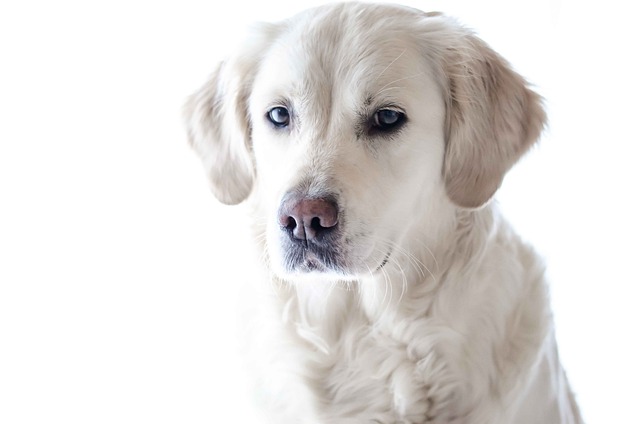
How can I tell if my dog's heatstroke is serious
Let’s be real: It’s a sticky August morning in Los Angeles, and you took your 2-year-old Golden Retriever, Max, for a walk a little later than usual
Dogs, as humans' most loyal companions, are bound to get injured in various accidents during their time with us. From careless scrapes during play to more serious fractures, every time you see a dog injured, the owner's heart is like being tightly grasped. At this time, a lingering question is: How quickly do dogs heal?
The healing speed of dogs is affected by a combination of factors, and the type of injury is a key link. For minor scrapes or cuts, if the wound is clean and small, it usually heals relatively quickly. This type of epidermal injury, under the action of the dog's own immune system, can begin to form scabs within a few days. Over time, the scabs gradually dry and fall off, and new skin tissue slowly grows out, and it is generally basically recovered in about one to two weeks. For example, if a dog accidentally scrapes his knee while running on the grass, as long as the wound is cleaned in time to avoid infection, you can soon see the wound begin to heal.
However, when a dog suffers a deeper laceration or puncture wound, the healing process will be much more complicated. This type of wound involves not only the epidermis, but also goes deep into subcutaneous tissue, muscle and even fascia. The healing of wounds needs to be carried out step by step from the inside to the outside. First, fibrin and platelets form blood clots to seal the wound and prevent further bleeding and bacterial invasion. Then, immune cells such as white blood cells begin to gather to remove bacteria and necrotic tissue in the wound. This inflammatory response stage may last for several days. Subsequently, fibroblasts begin to synthesize collagen to build a new tissue framework, and blood vessels begin to proliferate to provide nutrition for the new tissue. The entire healing process may take weeks or even months, and often leaves obvious scars.
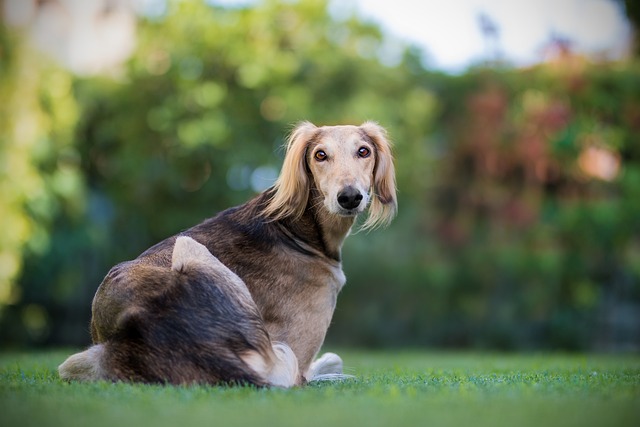 Fractures are one of the more serious injuries in dogs, and their healing speed depends on the location and type of fracture. Simple closed fractures, that is, the bone is broken but does not penetrate the skin, if they can be fixed and treated in time and correctly, small dogs may begin to form callus and initially heal in 4 to 6 weeks; large dogs may need 8 to 12 weeks due to their larger bones and relatively slow healing. However, if it is an open fracture, the bone is exposed, which not only increases the risk of infection, but also interferes with the normal healing process of the fracture, significantly prolongs the healing time, and may even cause poor healing or non-healing. For example, a dog jumps from a height and breaks its leg. The owner takes it to the doctor in time. The veterinarian repositions and fixes the fracture site through surgery. After a long recovery period, the dog may be able to walk normally again.
Fractures are one of the more serious injuries in dogs, and their healing speed depends on the location and type of fracture. Simple closed fractures, that is, the bone is broken but does not penetrate the skin, if they can be fixed and treated in time and correctly, small dogs may begin to form callus and initially heal in 4 to 6 weeks; large dogs may need 8 to 12 weeks due to their larger bones and relatively slow healing. However, if it is an open fracture, the bone is exposed, which not only increases the risk of infection, but also interferes with the normal healing process of the fracture, significantly prolongs the healing time, and may even cause poor healing or non-healing. For example, a dog jumps from a height and breaks its leg. The owner takes it to the doctor in time. The veterinarian repositions and fixes the fracture site through surgery. After a long recovery period, the dog may be able to walk normally again.
The dog's own physical fitness also plays a decisive role in the healing speed. Young, healthy and well-nourished dogs have their body functions in the best condition, a strong immune system, and a vigorous metabolism, which can provide sufficient energy and nutrients for wound healing. After they are injured, their bodies can quickly start the repair mechanism, and the speed of cell division and tissue regeneration is faster, so the healing speed is relatively fast. On the contrary, the body functions of elderly dogs decline, their immunity decreases, and their ability to respond to trauma is weakened, so the healing process will be significantly slower. Dogs with chronic diseases such as diabetes and heart disease will face more challenges in wound healing due to metabolic disorders, affected blood circulation and immune function, and are prone to infection, delayed healing and other problems.
Treatment methods and care measures also have a profound impact on the healing speed of dogs. Timely and effective treatment is the key to promoting healing. After the injury, take the dog to the veterinarian as soon as possible for wound cleaning, disinfection, suturing (if necessary), and fracture reduction and fixation, which can create good conditions for healing. In the subsequent care process, keeping the wound clean and dry, changing the bandage regularly, taking medicine on time according to the veterinarian's instructions, and giving a nutritious and balanced diet can all help accelerate healing. For example, for injured dogs, the owner carefully prepares food rich in protein, vitamins and minerals to help the dog replenish the nutrients needed by the body and promote wound healing. At the same time, limiting the dog's activities and avoiding further damage to the injured part is also an important part of ensuring smooth healing.
Looking at the injured dog, the owner's heartache is beyond words. Every time the dog's wound is treated, every time it is accompanied to a follow-up examination, and every time food is carefully prepared, it is a manifestation of the owner's deep love for the dog. This process of waiting for the dog to heal may be long and painful, but as long as we give the dog enough care, scientific treatment and careful care, they have a great chance of recovering. When one day the dog is alive and kicking again and showing its former vitality, all the efforts will be transformed into the best reward. We face the pain together with the dogs and witness their tenacious vitality and the miracle of gradual healing.

Let’s be real: It’s a sticky August morning in Los Angeles, and you took your 2-year-old Golden Retriever, Max, for a walk a little later than usual
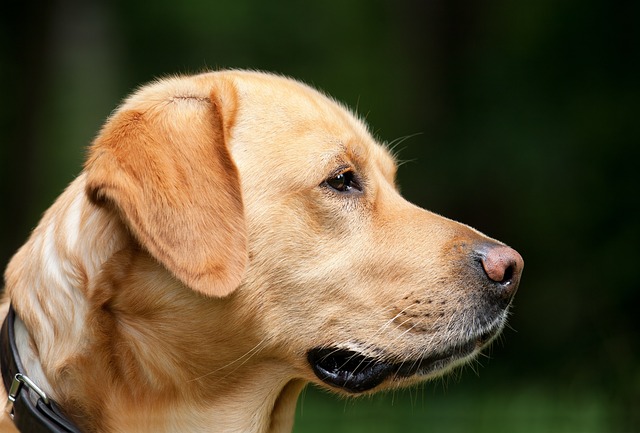
You're enjoying a summer afternoon at the park when you notice your dog has stopped panting and appears disoriented - their gums are bright red
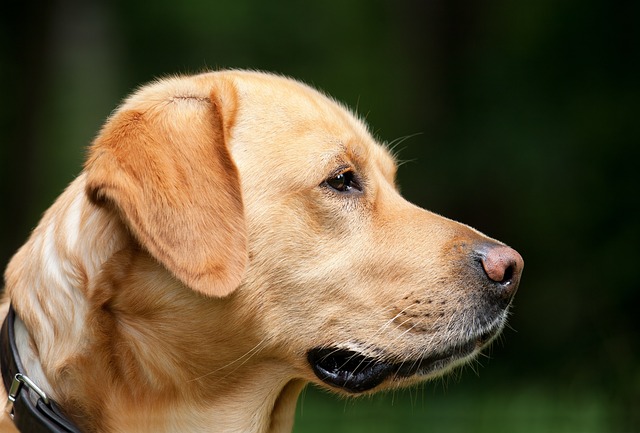
Let’s paint the picture: You’re in your Denver apartment, watching your 4-year-old Boston Terrier, Ruby, plop down mid-play session with her favorite toy

Many dog owners notice their pets nails seem shorter after regular walks,but how much does this daily activity actually help?The answer depends on where you walk—concrete sidewalks or asphalt streets gently file nails as a dog's paws hit the ground
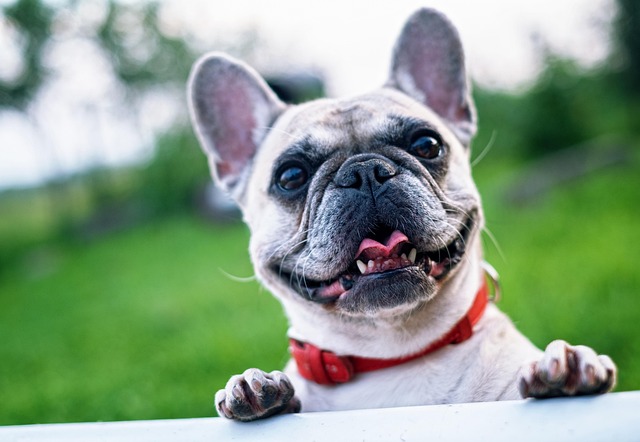
Most dog owners notice their pup scooting across the carpet at some point, but few connect it to impacted anal glands. These small sacs near a dog’s rectum secrete a scent for marking territory
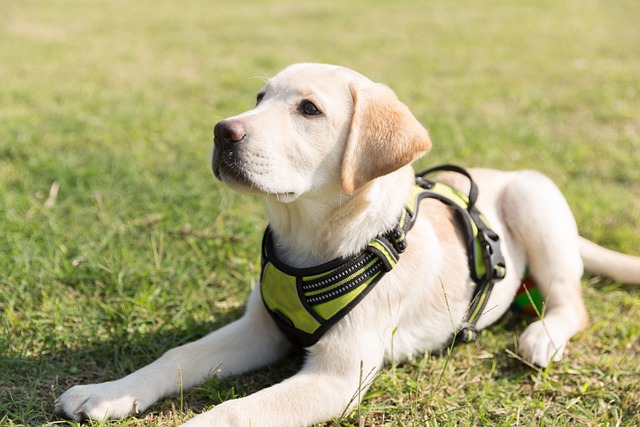
Most vets agree that regular dog teeth cleaning is key to avoiding painful dental issues later. For healthy adult dogs, a professional cleaning at the vet’s office every 12 to 18 months usually works well.